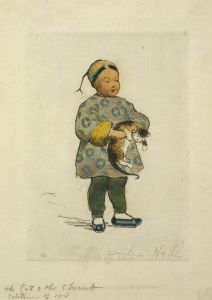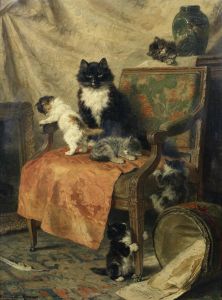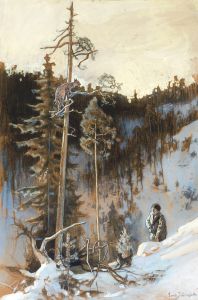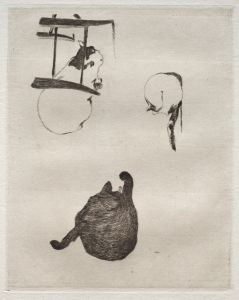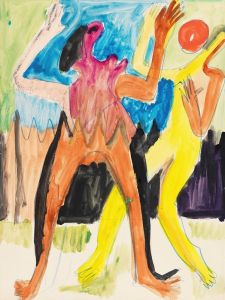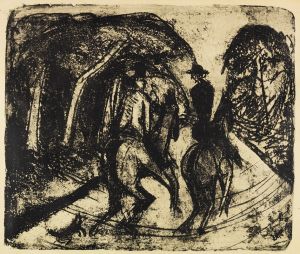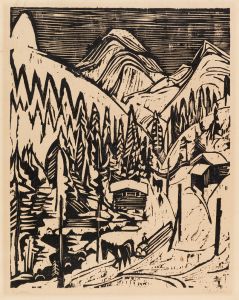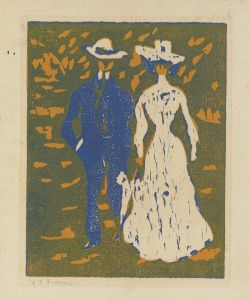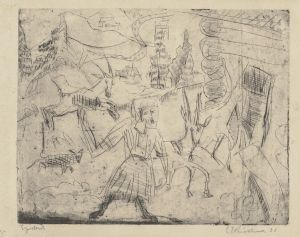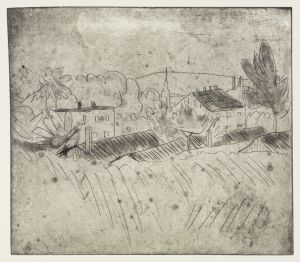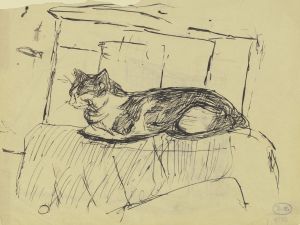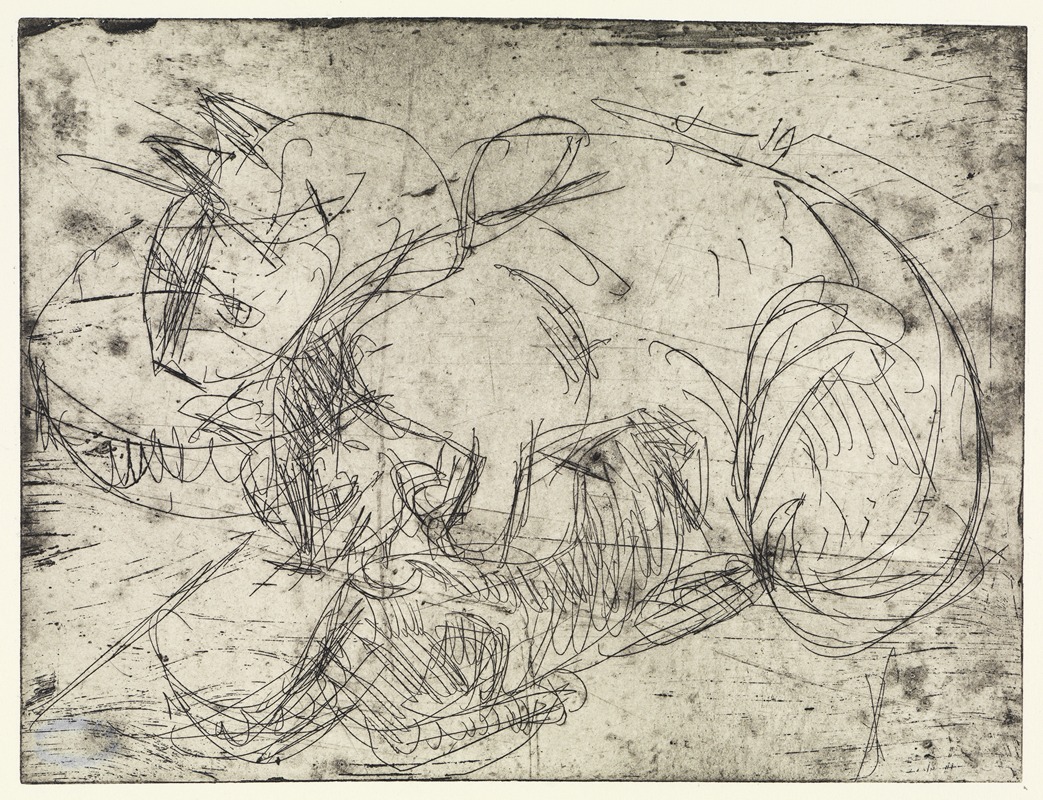
Säugende Katze
A hand-painted replica of Ernst Ludwig Kirchner’s masterpiece Säugende Katze, meticulously crafted by professional artists to capture the true essence of the original. Each piece is created with museum-quality canvas and rare mineral pigments, carefully painted by experienced artists with delicate brushstrokes and rich, layered colors to perfectly recreate the texture of the original artwork. Unlike machine-printed reproductions, this hand-painted version brings the painting to life, infused with the artist’s emotions and skill in every stroke. Whether for personal collection or home decoration, it instantly elevates the artistic atmosphere of any space.
Ernst Ludwig Kirchner's painting Säugende Katze (translated as "Cat Suckling") is a work by the German Expressionist artist, who was a founding member of the influential art group Die Brücke (The Bridge). Kirchner, known for his bold use of color and dynamic compositions, created this piece as part of his exploration of natural forms and intimate domestic scenes.
The painting depicts a mother cat nursing her kittens, rendered in Kirchner's characteristic expressive style. The subject matter reflects Kirchner's interest in the natural world and his tendency to focus on themes of life, growth, and nurturing. The work is notable for its simplified forms, vibrant colors, and energetic brushstrokes, which are hallmarks of Kirchner's approach to Expressionism. These stylistic choices emphasize emotional resonance over realistic representation, a key feature of the Expressionist movement.
Kirchner's art often sought to capture the essence of his subjects rather than their literal appearance, and Säugende Katze is no exception. The painting conveys a sense of warmth and vitality, highlighting the intimate bond between the mother cat and her kittens. This focus on the primal and instinctual aspects of life aligns with the broader goals of Die Brücke, which sought to break away from academic traditions and embrace a more direct, emotional connection to art.
The exact date of the painting's creation is not definitively documented, but it is believed to have been produced during Kirchner's early career, likely in the 1910s, when he was actively involved with Die Brücke. During this period, Kirchner and his contemporaries were deeply influenced by non-Western art forms, as well as the natural world, which they saw as a source of purity and authenticity.
As with many of Kirchner's works, Säugende Katze reflects his innovative approach to composition and his ability to infuse everyday scenes with a sense of dynamism and emotional depth. The painting is an example of Kirchner's broader artistic philosophy, which sought to challenge conventional norms and explore new ways of seeing and representing the world.
The current location of Säugende Katze is not widely documented, and it is unclear whether the painting resides in a public collection, private ownership, or has been lost over time. Kirchner's works, however, are held in numerous major museums and collections worldwide, and his contributions to modern art remain highly regarded.
This painting exemplifies Kirchner's ability to transform simple, natural subjects into powerful expressions of life and emotion, solidifying his place as a central figure in the Expressionist movement.





